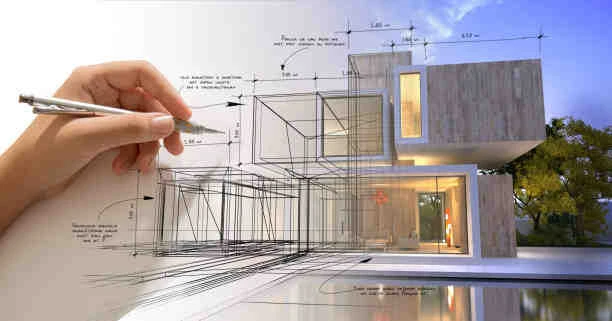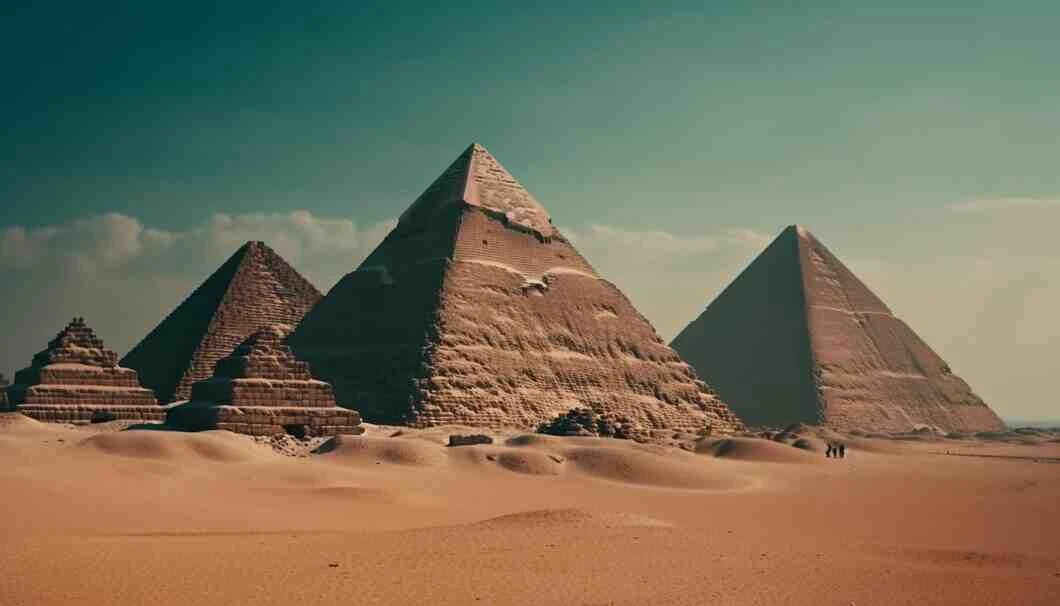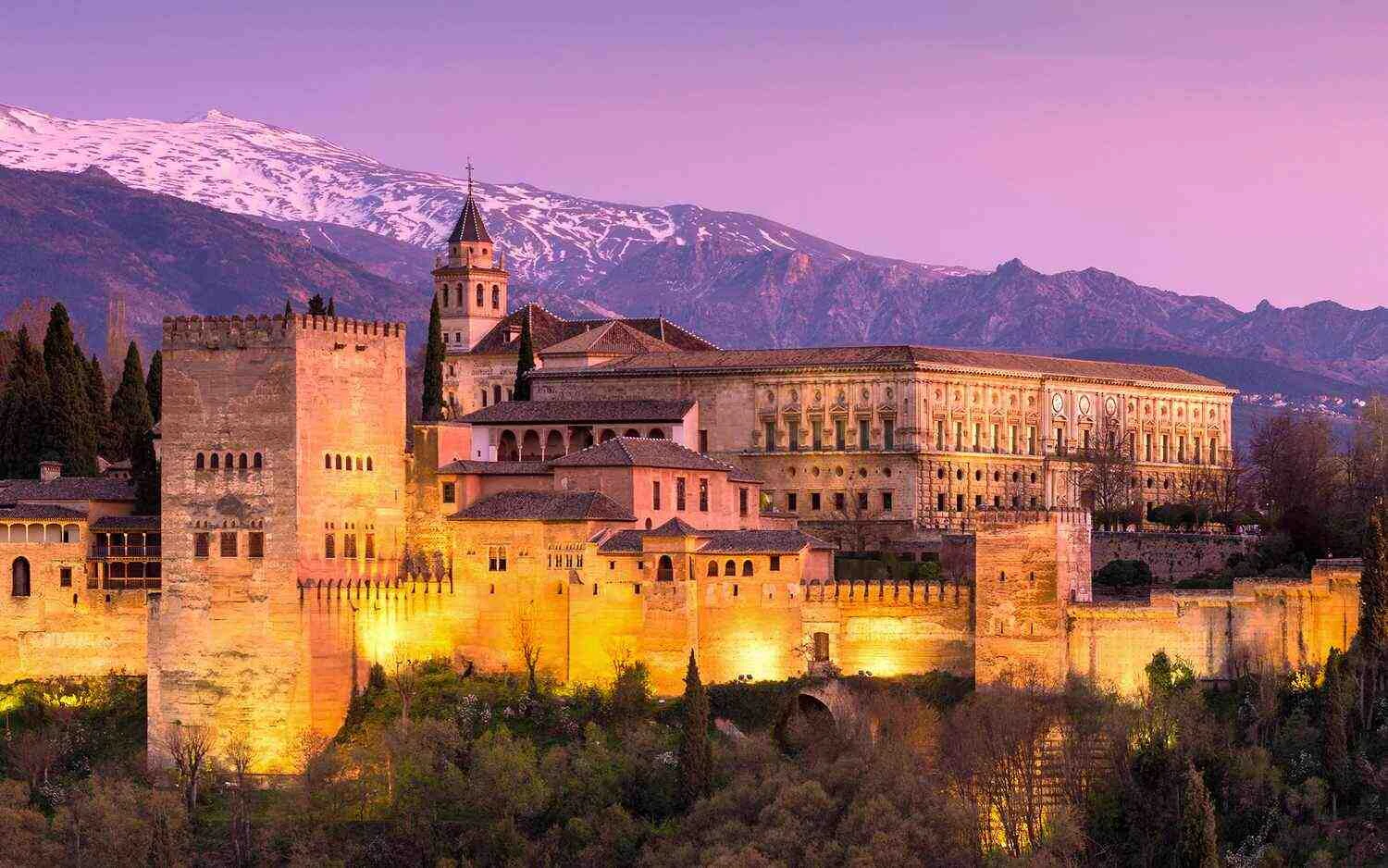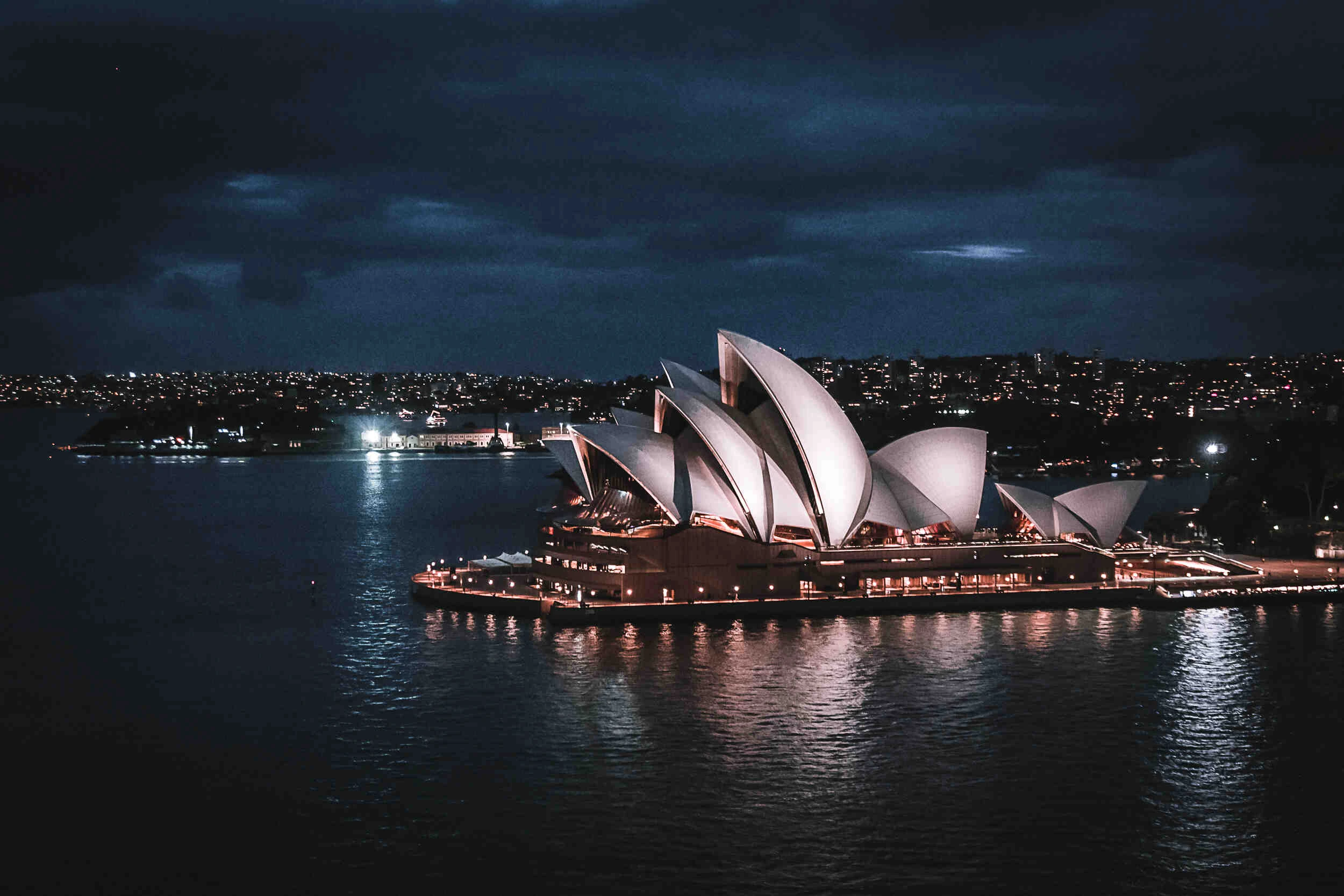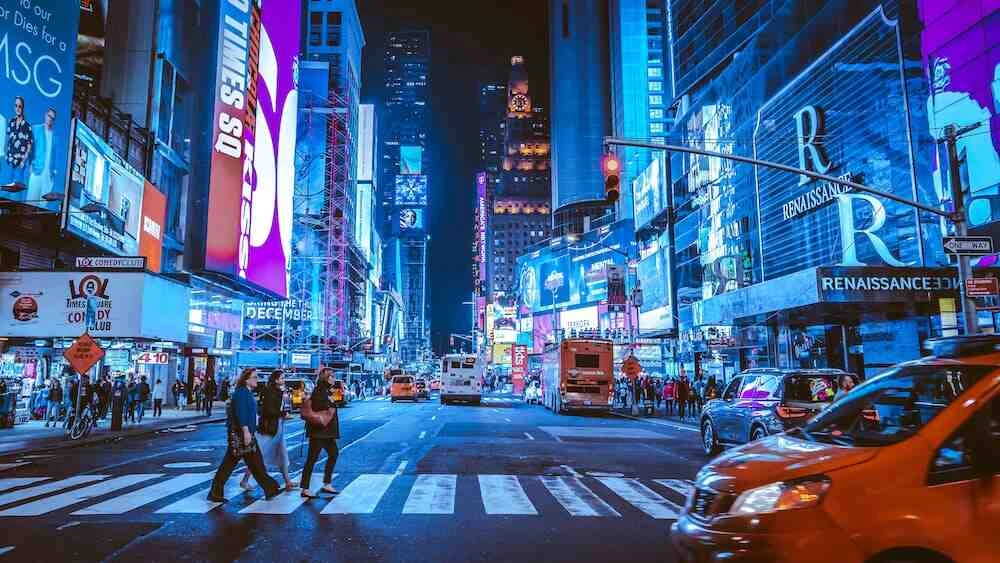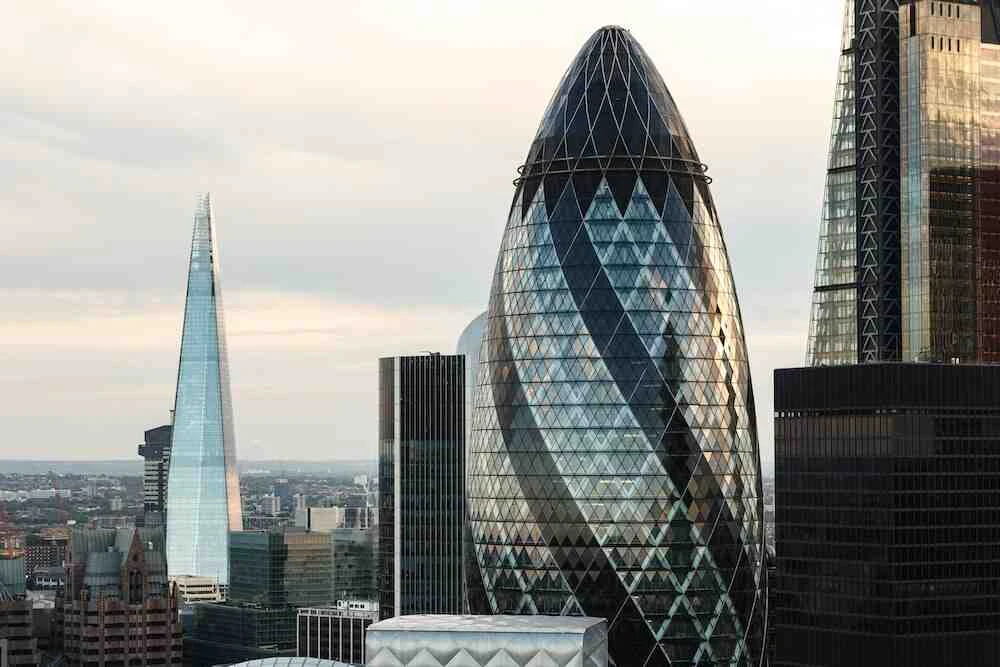
Innovative Materials in Architecture: 20 Masterpieces
1. The Eden Project Biomes, Cornwall, UK
Materials: Ethylene Tetrafluoroethylene (ETFE) Foil
The Eden Project in Cornwall, UK, features a series of massive biomes that house diverse ecosystems. These biomes are constructed using ETFE foil, a lightweight and translucent material. ETFE allows for maximum natural light penetration, creating ideal conditions for plant growth while minimizing energy consumption. Its remarkable durability and flexibility make it an ideal choice for these iconic structures.
-
Benefits:
- Excellent light transmission
- Energy-efficient
- Resistant to UV radiation and extreme weather conditions
-
Challenges:
- Limited color options
- Maintenance can be complex due to its multi-layer construction
2. The Gherkin (30 St Mary Axe), London, UK
Material: Structural Glass
The Gherkin, a prominent London landmark, features a distinctive curved glass façade. The extensive use of structural glass not only contributes to the building"s iconic appearance but also enhances energy efficiency by allowing ample natural light into the interior spaces. The high-performance glass is laminated for safety and can withstand wind loads and seismic activity.
-
Benefits:
- Energy-efficient
- Aesthetically striking
- Provides unobstructed views
-
Challenges:
- Maintenance can be challenging due to the glass"s transparency, which reveals dirt and stains
- Costly installation and replacement
3. The Selfridges Building, Birmingham, UK
Material: Stainless Steel Discs
The Selfridges Building in Birmingham showcases a radical departure from traditional architectural design. Its iconic exterior is adorned with 15,000 aluminum-coated stainless steel discs that create a mesmerizing reflective surface. This unconventional material choice not only contributes to the building"s unique appearance but also improves insulation and reduces solar heat gain.
-
Benefits:
- Stunning visual impact
- Enhanced thermal performance
- Resistance to corrosion and weathering
-
Challenges:
- High initial cost due to custom fabrication
- Ongoing maintenance to retain its shine
4. The San Francisco Museum of Modern Art (SFMOMA), USA
Material: Fiberglass-reinforced Plastic (FRP) Panels
The expansion of SFMOMA features a distinctive white façade constructed from FRP panels. This lightweight material offers designers more flexibility in creating complex forms and geometric patterns. FRP"s durability and resistance to corrosion make it a suitable choice for this high-profile cultural institution.
-
Benefits:
- Design flexibility
- Lightweight yet strong
- Low maintenance
-
Challenges:
- Limited color options
- Vulnerable to damage from impact
5. The Heydar Aliyev Center, Baku, Azerbaijan
Material: Fiber-Reinforced Concrete
The Heydar Aliyev Center in Baku is renowned for its fluid and organic design. The curvilinear structure is made possible through the use of fiber-reinforced concrete, which provides the necessary structural strength while allowing for the creation of seamless, flowing forms. This innovative material enables architects to challenge traditional notions of architectural geometry.
-
Benefits:
- Formability and sculptural freedom
- Improved crack resistance
- Fire resistance
-
Challenges:
- Potential for surface imperfections
- Precise formwork required during construction
6. The Louis Vuitton Foundation, Paris, France
Material: Glass Fiber-Reinforced Concrete (GFRC) Panels
The Louis Vuitton Foundation in Paris is a stunning example of architectural innovation. Its design features a series of intricate, white GFRC panels that envelop the building. GFRC offers the advantages of concrete"s strength while allowing for intricate detailing and lightweight construction. The result is a visually captivating and structurally sound masterpiece.
-
Benefits:
- Intricate detailing capabilities
- Reduced weight compared to traditional concrete
- Durability and weather resistance
-
Challenges:
- Precision required during manufacturing and installation
- Potential for surface imperfections
7. The Al Bahr Towers, Abu Dhabi, UAE
Material: Dynamic Shading System (Mashrabiya)
The Al Bahr Towers in Abu Dhabi feature a cutting-edge façade designed to optimize energy efficiency. The dynamic shading system, or Mashrabiya, consists of thousands of umbrella-like elements that open and close in response to sunlight, reducing solar heat gain while preserving outward views. This innovative system demonstrates how architecture can respond intelligently to environmental conditions.
-
Benefits:
- Energy-efficient shading
- Reduction in cooling costs
- Aesthetically pleasing and culturally relevant design
-
Challenges:
- Complex maintenance due to moving parts
- Initial cost investment
8. The Royal Ontario Museum (ROM) Crystal, Toronto, Canada
Material: Deconstructivist Architecture
The ROM Crystal is a prime example of deconstructivist architecture. Its design features bold, angular forms that appear to rupture the traditional façade of the museum. This unconventional approach challenges the notion of what a museum should look like and serves as a striking example of how architectural materials extend beyond physical substances.
-
Benefits:
- Provocative and thought-provoking design
- Encourages dialogue and debate
- Flexibility in design expression
-
Challenges:
- Can be polarizing and controversial
- May require significant structural innovation
9. The CCTV Headquarters, Beijing, China
Material: Reinforced Concrete and Glass
The CCTV Headquarters in Beijing is a remarkable feat of engineering and design. Its unconventional form consists of two leaning towers connected by a cantilevered section, creating a strikingly unique appearance. The building"s exterior features a grid-like pattern made possible through the use of reinforced concrete and extensive glass panels.
-
Benefits:
- Iconic and futuristic design
- Efficient use of space
- Transparency and openness
-
Challenges:
- Complex structural engineering
- High cost of maintenance due to its unique shape
10. The Al Bahar Towers, Abu Dhabi, UAE
Material: Adaptive Sunscreen
The Al Bahar Towers in Abu Dhabi employ an adaptive sunscreen system inspired by traditional Islamic mashrabiya. This modern reinterpretation features dynamic, movable panels that adjust throughout the day to control solar heat gain and provide shade. The result is a sustainable and visually captivating façade that responds to the sun"s movement.
-
Benefits:
- Energy-efficient shading
- Cultural and architectural relevance
- Improved indoor comfort
-
Challenges:
- Maintenance of moving parts
- Initial cost investment
11. The UTS Central, Sydney, Australia
Material: Aluminum Brise Soleil
The UTS Central in Sydney features a striking façade comprising aluminum brise soleil. These angled fins not only provide shading but also create a visually dynamic and textured surface. This innovative use of aluminum adds a layer of functionality and design complexity to the building.
-
Benefits:
- Effective sun shading
- Enhanced architectural aesthetics
- Lightweight and durable
-
Challenges:
- Complex installation and coordination
- Potential for maintenance challenges
12. The Harpa Concert Hall and Conference Centre, Reykjavik, Iceland
Material: Geometric Glass Facade
The Harpa Concert Hall in Reykjavik is a striking example of how architectural materials can reflect the culture and environment of a place. Its glass façade features irregularly shaped glass panels that evoke the crystalline structures of Iceland"s glaciers and lava formations. The design creates a unique play of light and shadow both inside and outside the building.
-
Benefits:
- Aesthetic connection to the local environment
- Transparency and light diffusion
- Use of environmentally friendly glass
-
Challenges:
- Custom fabrication and installation
- Potential for increased maintenance due to the irregular shape of panels
13. The Marina Bay Sands SkyPark, Singapore
Material: Cantilevered Steel Structure
The Marina Bay Sands SkyPark in Singapore showcases the engineering prowess of its cantilevered steel structure. This expansive deck, which offers panoramic views of the city, is supported by one of the world"s largest cantilevers. The innovative use of steel allows for the creation of vast, open spaces and dramatic vistas.
-
Benefits:
- Spectacular views and public spaces
- Architectural wonder and landmark
- Efficient use of space
-
Challenges:
- Structural complexity and engineering challenges
- Ongoing maintenance and inspections for safety
14. The 8 Chifley Square, Sydney, Australia
Material: Timber-Framed Facade
The 8 Chifley Square in Sydney boasts a distinctive timber-framed façade that challenges the perception of commercial office buildings. The use of timber not only provides a warm and inviting appearance but also contributes to sustainability goals by using a renewable and carbon-sequestering material.
-
Benefits:
- Sustainable and renewable material
- Aesthetic warmth and uniqueness
- Reduced carbon footprint
-
Challenges:
- Maintenance requirements to protect the timber
- Potential for fire risk (mitigated through fire-resistant coatings)
15. The Water Cube (National Aquatics Center), Beijing, China
Material: Ethylene Tetrafluoroethylene (ETFE) Cushions
The Water Cube, the National Aquatics Center in Beijing, is known for its iconic bubble-like façade. This remarkable structure is constructed using ETFE cushions, a lightweight and translucent material that allows for efficient temperature regulation, reduced energy consumption, and an inviting interior atmosphere.
-
Benefits:
- Efficient insulation and temperature control
- Soft, diffused natural light
- Lightweight and sustainable
-
Challenges:
- Maintenance of ETFE cushions
- Limited color options
16. The Museo Soumaya, Mexico City, Mexico
Material: Perforated Aluminum Facade
The Museo Soumaya in Mexico City features a distinctive geometric façade made of perforated aluminum. This innovative material choice creates a visually dynamic exterior while serving functional purposes, such as providing shading and allowing natural ventilation. The design draws inspiration from the shape of Rodin"s "The Thinker."
-
Benefits:
- Aesthetic appeal and unique design
- Solar shading and natural ventilation
- Lightweight and durable
-
Challenges:
- Potential for maintenance due to the perforated surface
- Complex fabrication and installation
17. The Biomuseo, Panama City, Panama
Material: Colorful Exterior Panels
The Biomuseo in Panama City is a celebration of biodiversity and ecology. Its vibrant exterior features a range of colorful panels that represent Panama"s diverse flora and fauna. This unconventional use of materials transforms the building into an educational and visually engaging experience.
-
Benefits:
- Educational and cultural significance
- Aesthetic vibrancy and storytelling
- Use of sustainable materials
-
Challenges:
- Potential fading of colors over time
- Ongoing maintenance to preserve the panels
18. The The Broad, Los Angeles, USA
Material: Veil-Like Honeycomb Exterior
The Broad in Los Angeles features a unique honeycomb-like façade made of a white glass-fiber reinforced concrete (GFRC) panel system. This material choice creates a porous, semi-transparent skin that diffuses natural light, providing an ideal environment for showcasing contemporary art.
-
Benefits:
- Controlled natural light for galleries
- Aesthetic allure and visual interest
- Durability and weather resistance
-
Challenges:
- Potential for surface imperfections
- Requires specialized construction expertise
19. The Oodi Central Library, Helsinki, Finland
Material: Spruce Wood Facade
The Oodi Central Library in Helsinki is a testament to the use of wood in modern architecture. Its façade comprises thermally modified spruce wood, creating a warm and inviting exterior. The choice of wood not only contributes to sustainability goals but also enhances the library"s connection to nature.
-
Benefits:
- Sustainable and renewable material
- Warm and inviting aesthetic
- Reduced carbon footprint
-
Challenges:
- Maintenance requirements to protect the wood
- Potential for fire risk (mitigated through fire-resistant treatments)
20. The Opus, Dubai, UAE
Material: Floating Glass Cube
The Opus in Dubai stands out as an architectural marvel with a unique structural design. It features a floating glass cube at its center, which creates the illusion of a void. This innovative use of glass adds a layer of intrigue and artistic expression to the building.
-
Benefits:
- Artistic and conceptual impact
- Spectacular interior spaces
- Transparency and visual connection
-
Challenges:
- Structural complexity and engineering challenges
- Ongoing maintenance and inspections for safety
Conclusion
Innovation in architectural materials is essential for the continued evolution of the built environment. These 20 projects exemplify how architects and designers are pushing the envelope by embracing unconventional and cutting-edge materials. From lightweight ETFE foils to dynamic shading systems and sustainable timber, these materials offer benefits such as improved energy efficiency, striking aesthetics, and reduced environmental impact. However, they also present challenges related to maintenance, cost, and fabrication complexity.
As we move forward in the world of architecture, it is clear that materials will continue to play a pivotal role in shaping the structures we create. With advancements in material science and an emphasis on sustainability, we can look forward to even more innovative and sustainable material choices that will redefine the possibilities of architectural design. These projects serve as an inspiring testament to the boundless creativity and ingenuity of architects and the potential of materials to transform our built environment.




